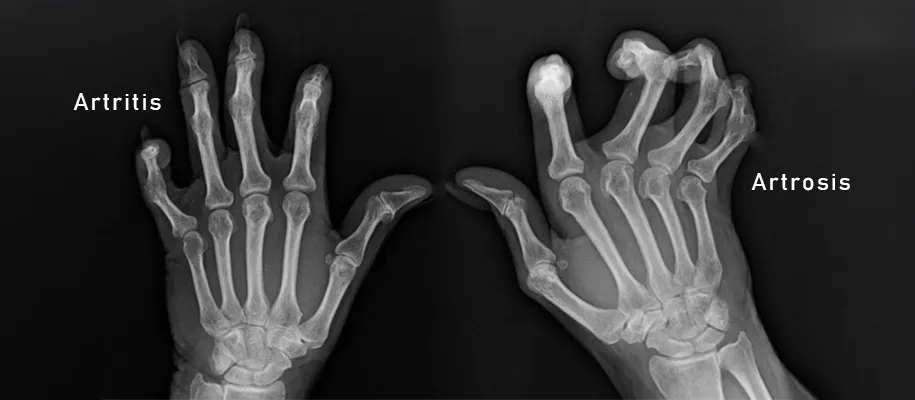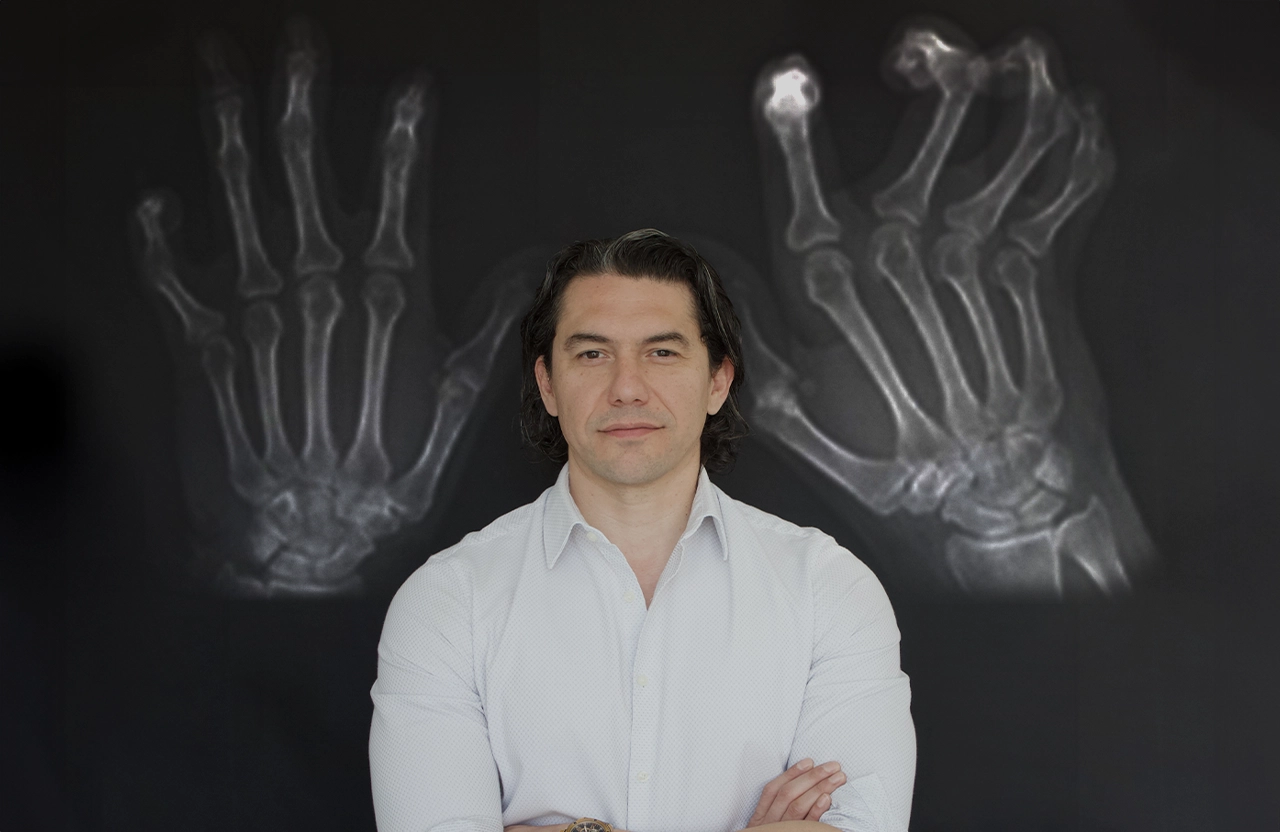Is it arthritis or osteoarthritis? Differences between each and treatment options.
Although both derive from joint inflammation, arthritis is an autoimmune disease while osteoarthritis is a wear and tear of the joints.
Arthritis
As we know, a joint is the junction point between two or more bones along with the surrounding soft tissues. There are more than 100 forms of arthritis that can affect joints, but the most common are osteoarthritis and rheumatoid arthritis.
In rheumatoid arthritis, inflammation of the lining of the joint, i.e. the synovial tissue in the bones, leads to joint damage, and together can affect blood vessels and the lungs, especially the cartilage and bones, which can lead to erosion, instability, fibrosis within the joint and severe deformities.
Some causes of arthritis are injuries, misalignment of the limbs, infections, autoimmune diseases, abnormal deposits in the joints such as gout. Likewise, some arthritis develops or affects at different times or intensities.
About 60% of people with arthritis are women; although it can occur anywhere in the body, rheumatoid arthritis usually affects the wrists, knuckles, feet, neck and joints in the extremities. The joints are not the only thing affected; arthritis can also cause problems in the heart, lungs, blood, nerves, eyes and skin.

Symptoms:
Joint pain both at rest and on movement combined with swelling and warmth, prolonged stiffness, unusual tiredness or low energy, occasional fever and loss of appetite.
It usually occurs on both sides or extremities of the body. If left untreated, arthritis can worsen and lead to greater health consequences; factors such as stress, too much physical activity, or sudden discontinuation of medications can be triggers.
Finger bending, i.e., it can cause the fingers to bend into a gooseneck, where the finger bends and the central joint is stretched and the outermost joint bends inward.
Arthrosis
Osteoarthritis, also called osteoarthrosis, is a degenerative joint disease that affects the soft tissues of the joint, also affecting the bone and cartilage, the latter disintegrating and being the most affected.
The cartilage that cushions and protects the ends of the bones and allows the movement of the joint, at the time of osteoarthritis, loses its properties, becoming lighter and thinner until it disintegrates, causing the ends of the bones to rub directly, generating pain.
It frequently occurs in the cervical spine, shoulder, fingers, hip, knee and toes. It is divided into primary and secondary, the former being an undefined cause and the latter associated with pathologies such as gout, diabetes mellitus, bone dysplasias and hemochromatosis.
Symptoms:
Pain, as the main symptom, of mechanical characteristics. It starts with joint function and decreases with rest. Nocturnal pain is rare, appearing only in advanced stages. The intensity of the pain is variable according to the person.
Joint stiffness, localized, morning and disappearing after mobilization in a few minutes. Joint deformity secondary to the osteophytic reaction, more evident in hands, feet and knees. It is often the reason for consultation in the absence of pain.
Crunching: These are frequent and easy to reproduce in the exploration, not having importance if it is presented in isolation and subcutaneous cysts.
Diagnostic similarities between arthritis and osteoarthritis
Both diseases cause pain in one or more joints at the same time. With predominance in women.

